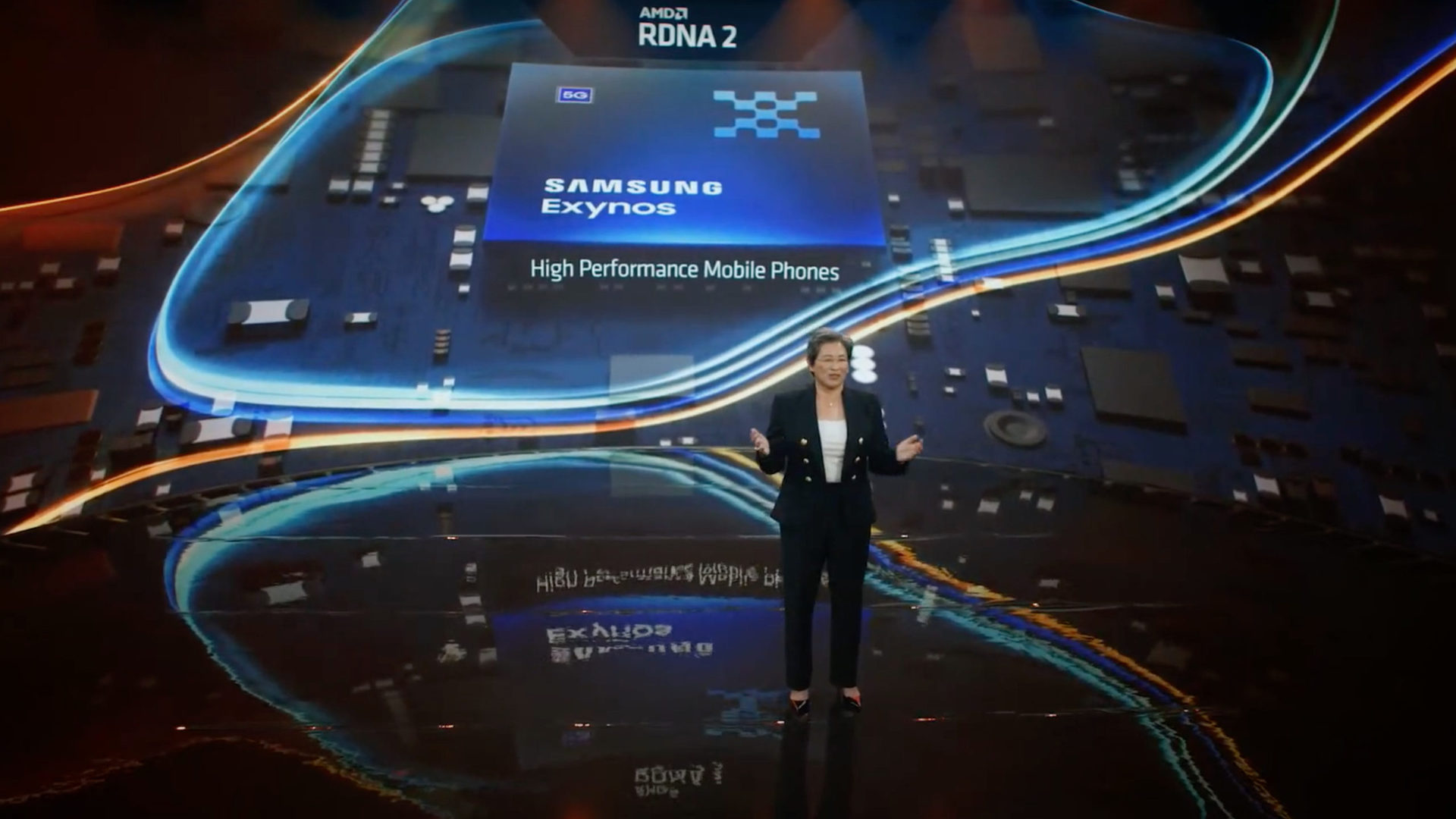Smartphones and tablets have become very strong to the extent that some of them can even provide cheaper laptops for their money. The processor that gives power to this mobile device can stand with feet with several laptop class chips, because Apple’s silicon M1 is easily proven. However, there are some things that can still be done by the chipset of this phone, but Samsung promises to narrow the gap with Exynos 2200 and its ability to track light on smartphones, tablets, and maybe even a few laptops.
Ray Tracing is not new and is one of the oldest methods used to produce photorealistic computer images. However, it is always expensive computed, which is why most graphics technology has tried to use solutions to remove the same quality images with fewer. The recent generation graphics card, such as the Nvidia RTX series and equivalent AMD RDNA family, brought Ray Tracing back to the front line using hardware and sophisticated software techniques to make it cheaper.
Although there is progress in the manufacture and technology of silicon, that the level of graphics complexity so far is beyond the reach of smartphones. That is what makes Samsung claims very interesting because it will represent the biggest leap in cellular graphics history if it is true. According to his post in Weibo, the upcoming exynos chip, which is not named Exynos 2200, will bring pictures to life using this Ray Tracing technology.
While Tracing Ray’s ability will be taken advantage of 3D games, it indeed shows that the chipset will have a pretty strong GPU. There is a benchmark that shows Exynos 2200 outperforming the current and Mali GPUs, although it needs to be verified in a smartphone that often applies some performance restrictions for thermal management and battery life.
However, a bigger question is when and where we will see the exynos 2200 in action. The upcoming Galaxy S22 series sounds like the most likely recipient, but there are rumors about the chip that lands on the laptop first to compete with M1 Macbooks.

